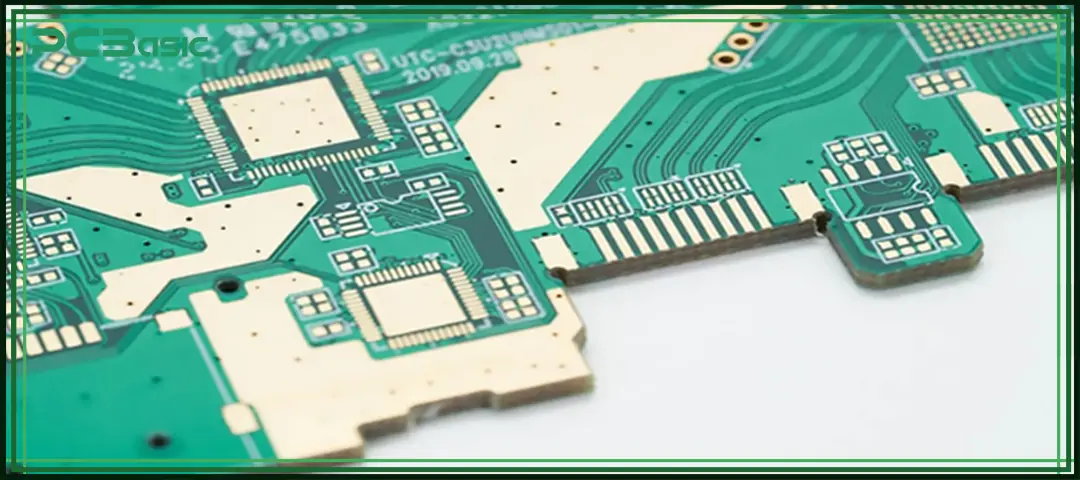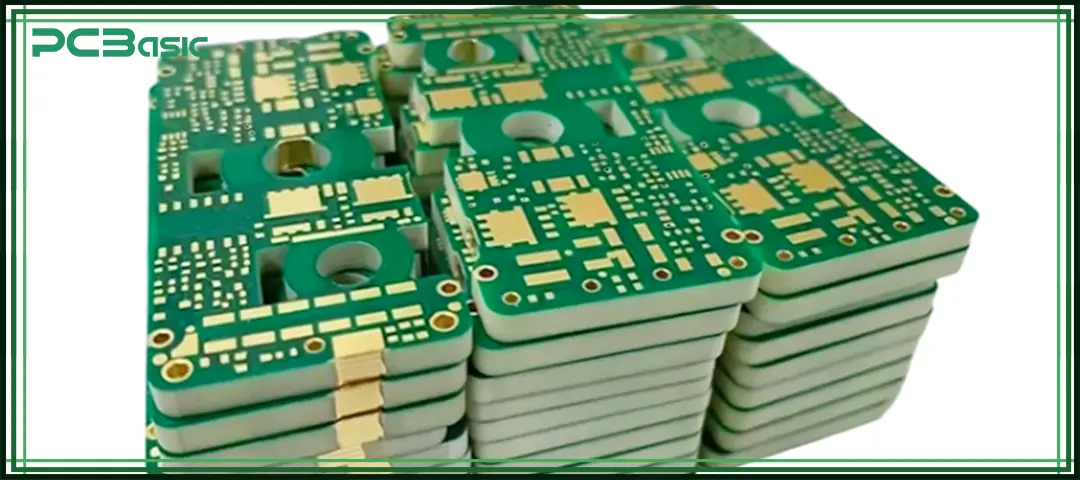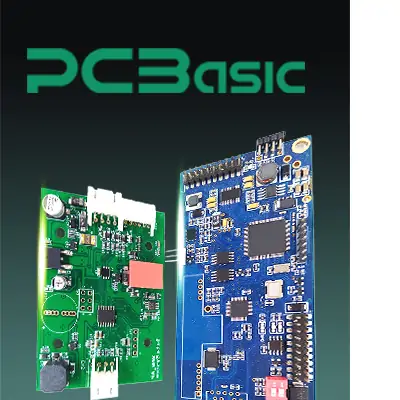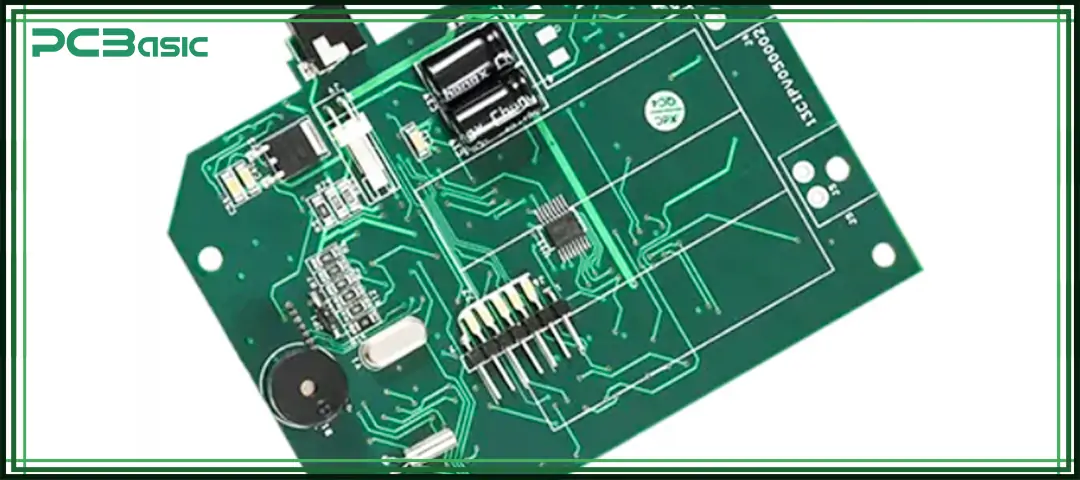

Global high-mix volume high-speed PCBA manufacturer
9:00 -18:00, Mon. - Fri. (GMT+8)
9:00 -12:00, Sat. (GMT+8)
(Except Chinese public holidays)


Global high-mix volume high-speed PCBA manufacturer
9:00 -18:00, Mon. - Fri. (GMT+8)
9:00 -12:00, Sat. (GMT+8)
(Except Chinese public holidays)
HomePage > Blog > Knowledge Base > High Tg PCB (High Temperature PCB Solutions)
As electronic products become smaller, more functional and more powerful, the heat they generate is also increasing, and their working environments are more complex and extreme than before. Standard PCBs can only withstand a limited range of PCB temperatures. Once the PCB temperature limits are exceeded, the circuit board may warp, its performance may decline, and it may even fail directly. So, in these cases, it is very necessary to use a high Tg PCB or high temperature PCB.
The core advantage of a high Tg PCB lies in the fact that it uses materials with a higher Tg value, that is, a higher glass transition temperature. Therefore, it can still maintain structural stability under high-temperature conditions It is not prone to deformation, delamination or performance degradation.
This article will guide you through what PCB Tg is, why more and more industries are choosing high Tg FR4 materials, and how to select the right FR4 temperature rating for your project.

Tg (Glass Transition Temperature) refers to the temperature at which a PCB substrate material (such as FR4) changes from a hard glassy state to a soft, rubber state. That is to say, when the temperature approaches or exceeds this point, the material begins to soften and its strength decreases. For instance, "Tg130" indicates that the glass transition temperature (Tg) of the PCB board is 130°C.
The FR4 glass transition temperature defines the temperature that FR4 material can withstand before it begins to lose its structural strength. As long as the temperature is below the range of this PCB Tg rating, the circuit board remains basically stable. However, once exceeded, many problems may occur, such as PCB expansion or warping, layer separation (delamination), cracked vias or plated through-holes (PTH), electrical performance loss or signal distortion.
Simply put, the Tg value is not the highest PCB temperature that a PCB can withstand, but rather the critical point at which the material can no longer maintain its rigidity. To ensure reliability, the operating temperature of the PCB is preferably 20 to 25°C lower than the Tg value.
A high Tg PCB refers to a circuit board whose base material has a glass transition temperature (Tg value) of 170°C or above.
For comparison: the Tg of a standard FR4 board is generally 130-140°C, and the medium Tg is usually around 150° C. When the Tg exceeds 170°C, it is classified as a high-temperature PCB or a high Tg PCB.
When circuit boards operate in high-power or high-temperature environments, or during lead-free reflow soldering (with peak temperatures reaching up to 260°C), standard FR4 may soften, deform or even delaminate. However, high Tg PCBs can still maintain mechanical strength under such extreme conditions: mechanical strength, electrical insulation properties, dimensional stability and chemical and moisture resistance.

High-performance electronic systems such as automotive control units, power inverters, and industrial drive equipment all generate a large amount of heat during operation. If the temperature exceeds the PCB temperature limits, standard FR4 boards may deform, warp or even fail. The high Tg PCB has a better thermal resistance, allowing it to maintain its shape and do not delaminate at high temperatures, which is suitable for long-term high-load working environments.
Lead-free reflow soldering complies with the RoHS standard, but the soldering temperature is as high as 245-260°C, which is close to or even exceeds the standard FR4 glass transition temperature. Ordinary PCBs are prone to blistering or delamination during this process. Using high Tg FR4 material can avoid these problems and ensure that the board remains flat and reliable after soldering.
The internal structure of multilayer boards and HDI boards is complex, with dense vias and fine-pitch components, making it more difficult for heat to dissipate and prone to heat accumulation, which can lead to uneven heating or damage to the board. At this point, high-temperature PCBs must be used, that is, materials with high Tg values and low Z-axis thermal expansion must be adopted to prevent cracking and delamination and enhance overall reliability.

Time is money in your projects – and PCBasic gets it. PCBasic is a PCB assembly company that delivers fast, flawless results every time. Our comprehensive PCB assembly services include expert engineering support at every step, ensuring top quality in every board. As a leading PCB assembly manufacturer, we provide a one-stop solution that streamlines your supply chain. Partner with our advanced PCB prototype factory for quick turnarounds and superior results you can trust.
When choosing PCB materials, apart from the price and the number of layers, what really matters is whether it can work stably for a long time in high-temperature and high-power environments. This is precisely the value of high Tg PCB. Compared with standard boards, it can still maintain structural stability when approaching the limit of PCB temperature, and its electrical performance will not decline significantly.
The following table clearly summarizes the main advantages of high Tg PCBs, such as higher Tg value, lower Z-axis CTE, and more reliable performance of high Tg FR4, and better heat resistance and reliability in high-temperature PCB environments.
|
Property |
Benefit |
|
High Tg value |
Allows operation close to PCB temperature limits without warping |
|
Low Z-axis CTE |
Reduces via cracking under thermal cycling |
|
High Tg FR4 reliability |
Better layer bonding, less delamination |
|
High heat resistance |
Ideal for high temperature PCB applications above 130°C |
|
Improved PTH strength |
Via holes withstand soldering and expansion |
|
Excellent electrical stability |
Consistent impedance and low dielectric loss |
|
Better moisture/chemical resistance |
Suitable for automotive, aerospace, and industrial conditions |

|
Material Type |
Tg Value |
Description |
|
Standard FR4 |
130–140°C |
Used in consumer electronics, limited PCB temperature limits |
|
Mid-Tg FR4 |
150–160°C |
Better for FR4 temperature rating above normal |
|
High Tg FR4 |
170–180°C |
Most widely used high Tg PCB material |
|
Polyimide |
200–260°C |
High-end high temperature PCB, flexible, used in aerospace and military |
|
PTFE/Rogers 4350B |
200–280°C |
Low dielectric loss, RF/microwave circuits |
|
BT Epoxy |
200–250°C |
High performance, used in IC substrates and BGA PCBs |
|
Industry |
Example Applications |
|
Automotive |
ECU, BMS, ADAS, engine control (high PCB temperature) |
|
Aerospace & Defense |
Radar, avionics, satellite boards under extreme PCB temperature limits |
|
Industrial Electronics |
Robotics, motor drive boards, high-power converters |
|
5G & Telecommunications |
Base stations, RF modules, antennas using high Tg FR4 |
|
Medical Devices |
Sterilizable electronics, imaging systems, surgical consoles |
|
High-Power LEDs |
LED drivers, heat-sensitive lighting modules |
|
Servers & Power Supplies |
Data centers, voltage regulators, inverter boards |
Nowadays, electronic products have higher power, smaller size and more demanding working environments. This requires circuit boards to be able to withstand higher temperatures and ensure long-term stability. The high Tg PCB is precisely designed to meet this demand. It enhances the circuit board's resistance to high temperatures, moisture, and mechanical stress through a higher Tg value and a better FR4 temperature rating.
Whether it is multilayer HDI boards, automotive electronics, or RF modules, as long as your application environment has a high temperature and large power, choose high Tg FR4 (high Tg FR4) or high temperature PCB (high temperature PCB). All of them can ensure that the circuit board still operates stably and does not lose performance when approaching the PCB temperature limits.
With the continuous development of electronic technology towards high power and high density, understanding what PCB Tg is, how to choose the appropriate PCB Tg rating, and selecting the right materials is no longer an option but a necessary condition to ensure the reliability and safety of products.

Assembly Enquiry
Instant Quote
Phone contact

+86-755-27218592
In addition, we've prepared a Help Center. We recommend checking it before reaching out, as your question and its answer may already be clearly explained there.
Wechat Support

In addition, we've prepared a Help Center. We recommend checking it before reaching out, as your question and its answer may already be clearly explained there.
WhatsApp Support

In addition, we've prepared a Help Center. We recommend checking it before reaching out, as your question and its answer may already be clearly explained there.
